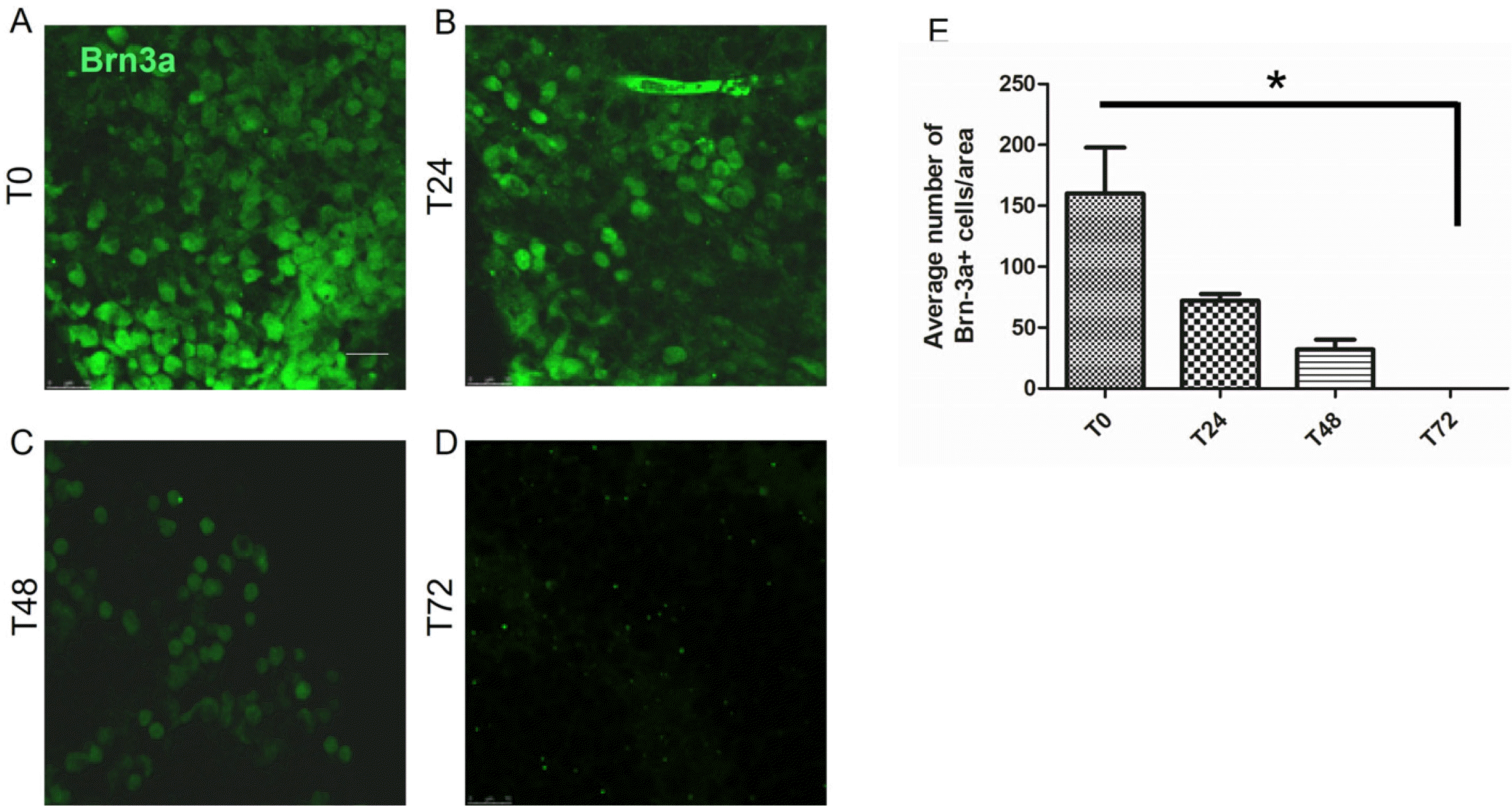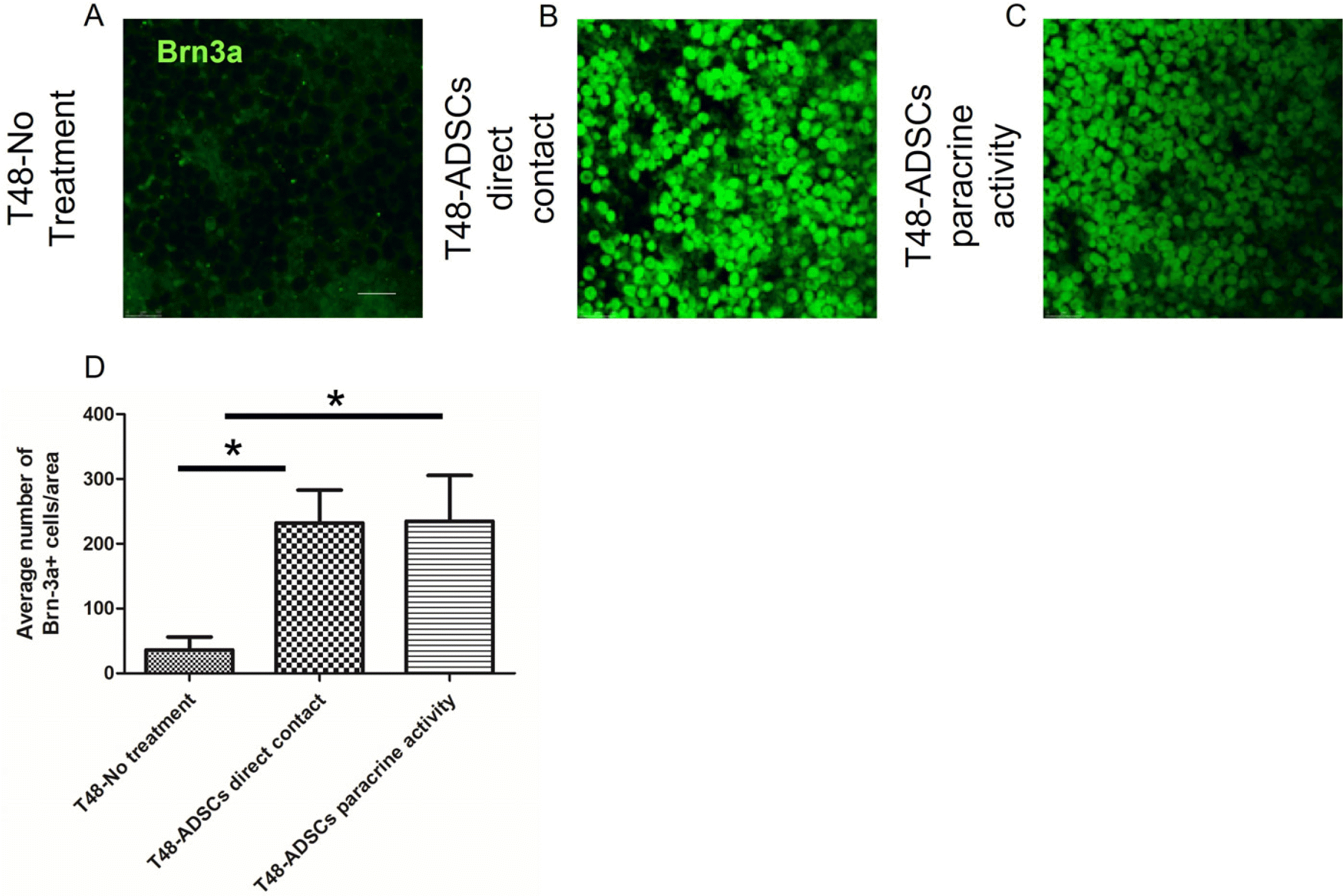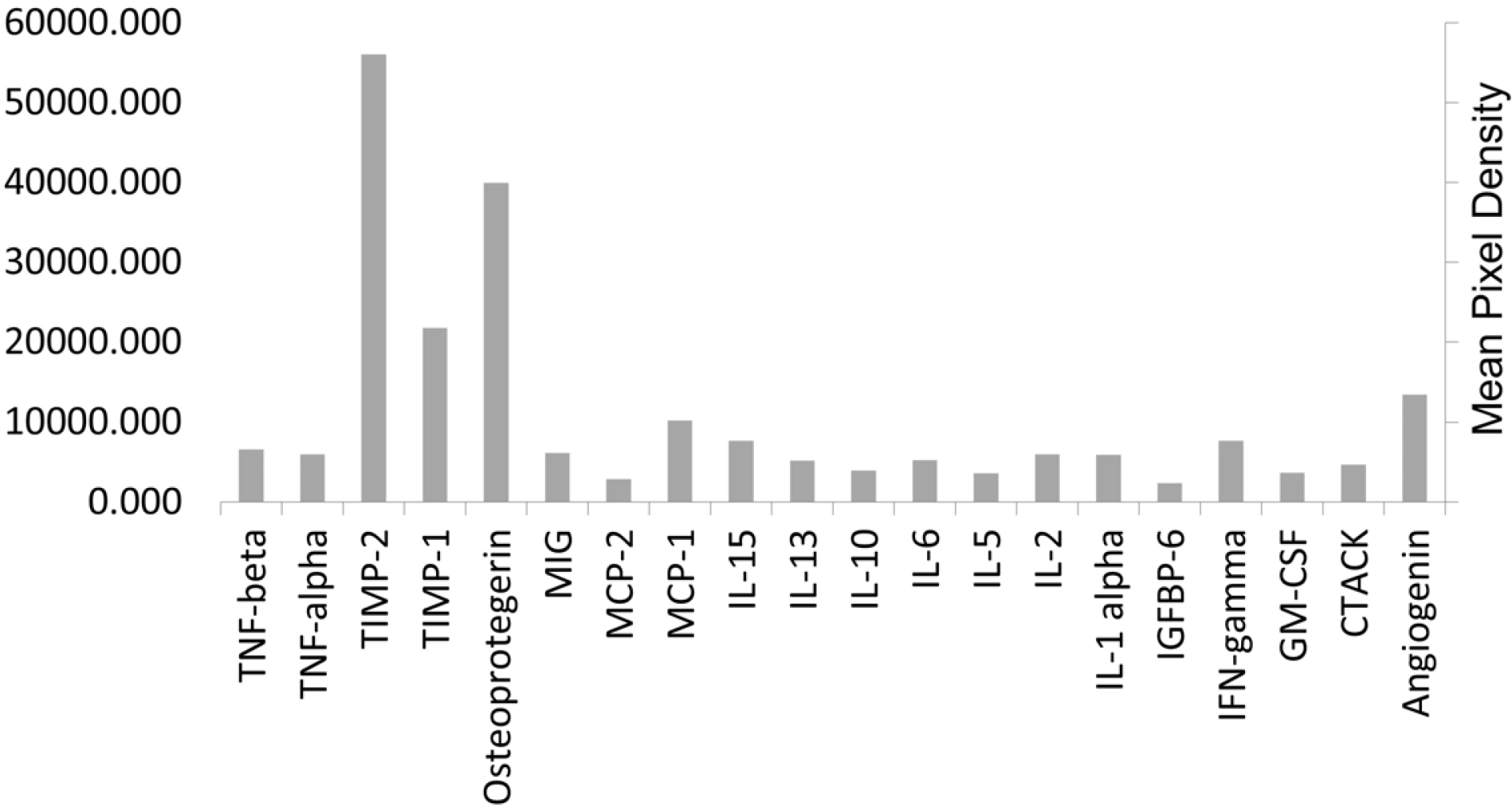3. Klemm P, Hurst J, Dias Blak M, Herrmann T, Melchinger M, Bartz-Schmidt KU, Zeck G, Schultheiss M, Spitzer MS, Schnichels S. 2019; Hypothermia protects retinal ganglion cells against hypoxia-induced cell death in a retina organ culture model. Clin Exp Ophthalmol. 47:1043–1054. DOI:
10.1111/ceo.13565. PMID:
31152487.

4. Li N, Li XR, Yuan JQ. 2009; Effects of bone-marrow mesenchymal stem cells transplanted into vitreous cavity of rat injured by ischemia/reperfusion. Graefes Arch Clin Exp Ophthalmol. 247:503–514. DOI:
10.1007/s00417-008-1009-y. PMID:
19084985.

6. Barzelay A, Levy R, Kohn E, Sella M, Shani N, Meilik B, Entin-Meer M, Gur E, Loewenstein A, Barak A. 2015; Power-assisted liposuction versus tissue resection for the isolation of adipose tissue-derived mesenchymal stem cells: phenotype, senescence, and multipotency at advanced passages. Aesthet Surg J. 35:NP230–NP240. DOI:
10.1093/asj/sjv055. PMID:
26319084.

7. Barzelay A, Weisthal Algor S, Niztan A, Katz S, Benhamou M, Nakdimon I, Azmon N, Gozlan S, Mezad-Koursh D, Neudorfer M, Goldstein M, Meilik B, Loewenstein A, Barak A. 2018; Adipose-derived mesenchymal stem cells migrate and rescue RPE in the setting of oxidative stress. Stem Cells Int. 2018:9682856. DOI:
10.1155/2018/9682856. PMID:
30651740. PMCID:
PMC6311721. PMID:
5e93dd85401b4290929c3bb39a1a050d.

9. Wang F. 2006; Culture of animal cells: a manual of basic technique, fifth edition. In Vitro Cell Dev Biol Anim. 42:169. DOI:
10.1290/BR090501.1.

10. Nadal-Nicolás FM, Jiménez-López M, Sobrado-Calvo P, Nieto-López L, Cánovas-Martínez I, Salinas-Navarro M, Vidal-Sanz M, Agudo M. 2009; Brn3a as a marker of retinal ganglion cells: qualitative and quantitative time course studies in naive and optic nerve-injured retinas. Invest Ophthalmol Vis Sci. 50:3860–3868. DOI:
10.1167/iovs.08-3267. PMID:
19264888.

11. Boudreau N, Sympson CJ, Werb Z, Bissell MJ. 1995; Suppression of ICE and apoptosis in mammary epithelial cells by extracellular matrix. Science. 267:891–893. DOI:
10.1126/science.7531366. PMID:
7531366. PMCID:
PMC3004777.

12. Tejima E, Guo S, Murata Y, Arai K, Lok J, van Leyen K, Rosell A, Wang X, Lo EH. 2009; Neuroprotective effects of overexpressing tissue inhibitor of metalloproteinase TIMP-1. J Neurotrauma. 26:1935–1941. DOI:
10.1089/neu.2009.0959. PMID:
19469687. PMCID:
PMC2822804.

13. Zhang P, Li J, Qi Y, Tang X, Duan J, Liu L, Wu Z, Liang J, Li J, Wang X, Zeng G, Liu H. 2016; Tissue inhibitor of matrix metalloproteinases-1 knockdown suppresses the prolifera-tion of human adipose-derived stem cells. Stem Cells Int. 2016:4761507. DOI:
10.1155/2016/4761507. PMID:
27239203. PMCID:
PMC4863124. PMID:
69e3683105534e469b7513d5b969e040.

14. Brown SM, Lark KK. 2019; Re: Biousse et al.: Management of acute retinal ischemia: follow the guidelines! (Ophthal-mology. 2018;125:1597-1607). Ophthalmology. 126:e36–e37. DOI:
10.1016/j.ophtha.2018.11.032. PMID:
31005195.
15. Chen CS, Lee AW. 2008; Management of acute central retinal artery occlusion. Nat Clin Pract Neurol. 4:376–383. DOI:
10.1038/ncpneuro0811. PMID:
18542123.

17. Shimamura M, Nakagami H, Osako MK, Kurinami H, Koriyama H, Zhengda P, Tomioka H, Tenma A, Wakayama K, Morishita R. 2014; OPG/RANKL/RANK axis is a critical inflammatory signaling system in ischemic brain in mice. Proc Natl Acad Sci U S A. 111:8191–8196. DOI:
10.1073/pnas.1400544111. PMID:
24847069. PMCID:
PMC4050556.

18. Wei X, Zhang Z, Zeng HH, Wang XF, Zhan W, Qiao N, Chang Z, Liu L, Fan C, Yang Z, Li X, Yang Y, Liu H. 2020. Regeneration of functional retinal ganglion cells by neuronal identity reprogramming. bioRxiv 203497 [Preprint]. Available from:
https://doi.org/10.1101/2020.07.16.203497. cited 2020 Jul 16. DOI:
10.1101/2020.07.16.203497.

19. Feng Y, Zhu M, Dangelmajer S, Lee YM, Wijesekera O, Castellanos CX, Denduluri A, Chaichana KL, Li Q, Zhang H, Levchenko A, Guerrero-Cazares H, Quiñones-Hinojosa A. 2014; Hypoxia-cultured human adipose-derived mesenchymal stem cells are non-oncogenic and have enhanced viability, motility, and tropism to brain cancer. Cell Death Dis. 5:e1567. Erratum in: Cell Death Dis 2015;6:e1797. DOI:
10.1038/cddis.2015.176. PMID:
26111059. PMCID:
PMC4669846.








 PDF
PDF Citation
Citation Print
Print



 XML Download
XML Download